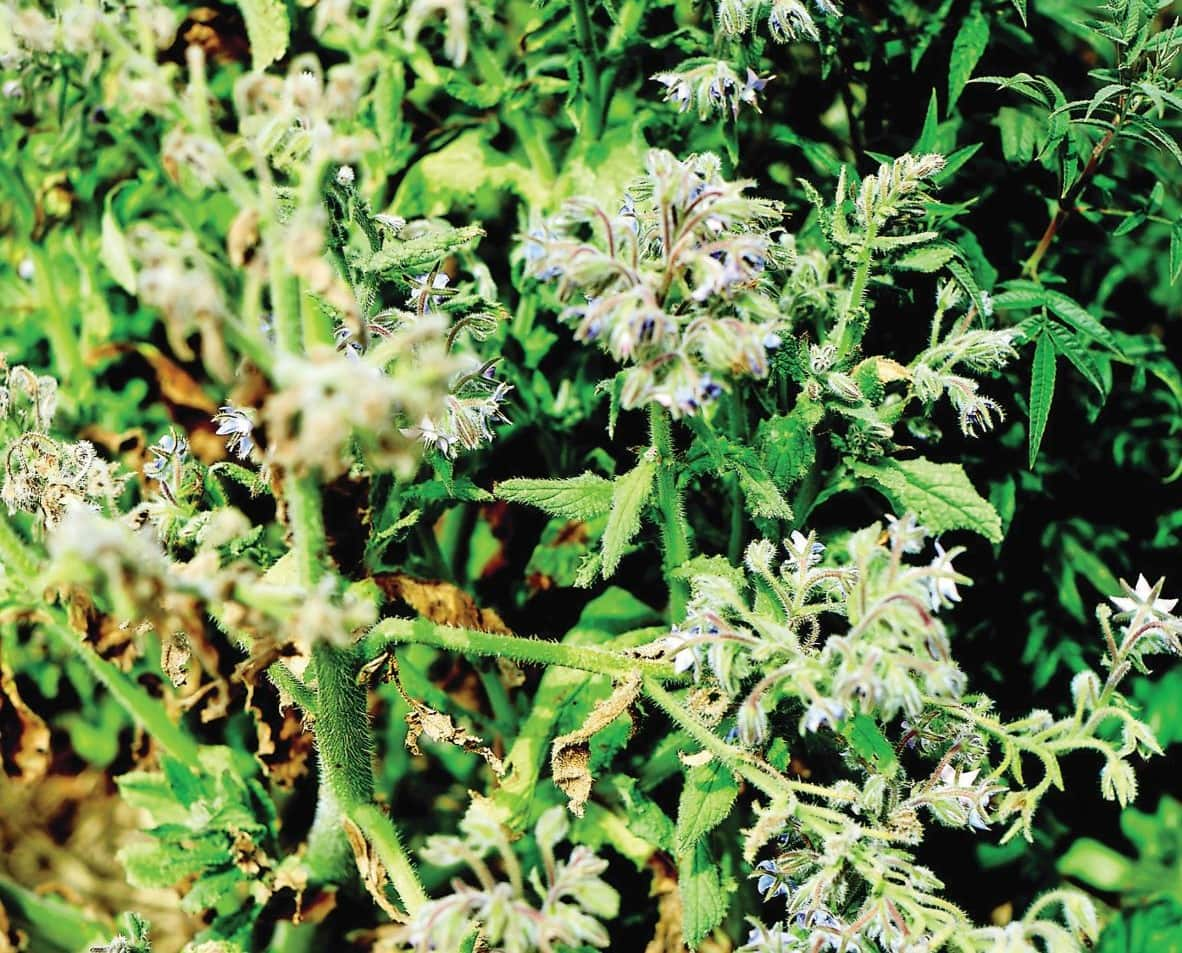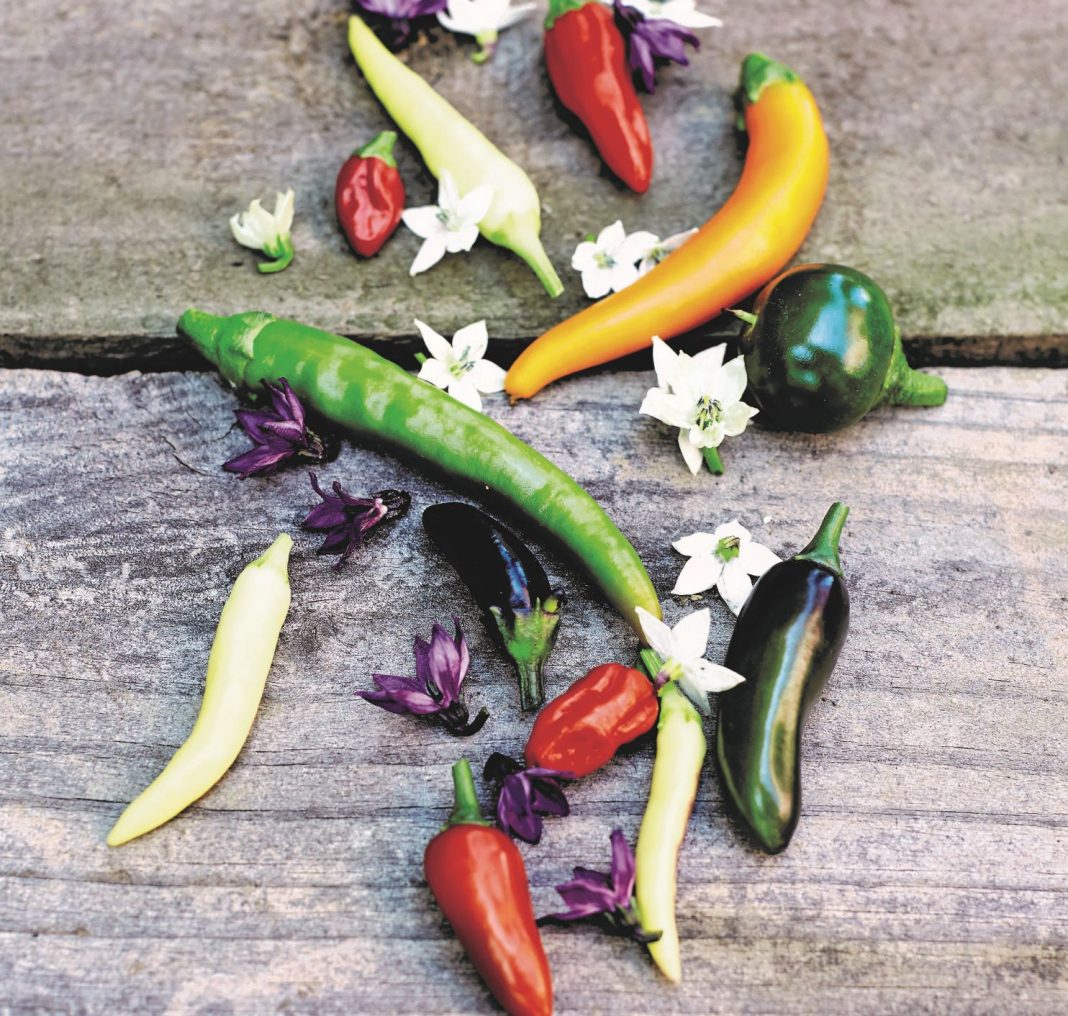Spring is upon us, and what better way to celebrate than with florals? Here, we take a look at how to grow your own blooms that look so good you could (literally) eat them.
The lowdown on edible flowers
Flowers can be so much more than just pretty in your garden. They can bring in a plethora of beneficial insects and pollinators to help your patch, they can help keep pests and disease at bay, and they can be cut, arranged and stuck in a vase. Yep, flowers are pretty cool.
Most of us know that flowers can also be eaten, but it is not just the standard few you may have heard about. In fact, every edible plant that produces a flower is producing a form of food that you may not have otherwise considered eating. Every flower out there deserves its time on a plate. Blind flower taste test anyone?
The nasturtium is perhaps the most common edible flower, and the rest of the pack – borage, marigolds, violas, and chive flowers – are all other examples of commonly used edible flowers.
The flower a chilli plant produces is a subtle, more delicate form of the chilli itself. Similarly, a tomato flower will retain the taste of the tomato, a broccoli flower the taste of broccoli, and so on and so forth.
Top five
Flowers are not only pretty and colourful, they are pretty and colourful and can be eaten too. Put these in a bunch (or on your dinner plate) and sweet-talk your way out of any situation.
Nasturtium
Pretty, handy and delicious to boot. The nasturtium comes in many different-coloured varieties and its leaves are edible and delicious too. Add to that its abilities as a pest fighter and pollinator attractor and you’ve got one hell of a useful plant. Nasturtiums tend to crowd out plants too closely positioned. Plant 50cm–1m apart. Nasturtiums are best planted in early spring or late autumn. Nasturtiums are mostly immune to pest and disease issues. Probably the biggest issue is the amount of self-sown seedlings that pop up.
Native viola
The native viola is one of the most pretentious flowers around, but it has every right to be. With its delicate, bright flowers, it’s a great pollinator attractor for your other plants. The native viola is best grown in early spring, giving it time to establish before full summer hits. It’s essentially a groundcover, so don’t plant anything much nearby. Native violas need regular watering when establishing, 3–4 times a week. Once set, cut back to twice a week depending on conditions.

Rockmelon
Seriously delicious with goat’s cheese wrapped in prosciutto… The beauty of any flowering edible plant is that the flavour of its flower is a subtle version of the fruit itself.Like rockmelon, rockmelon flowers are best planted in spring. It’s a pretty hardy creeper/climber, so don’t cramp its style. We like to dedicate a veggie crate purely to rockmelon. Rockmelon plants produce flowers with ease, but well-developed fruit are much more rare. Using them for their flowers means you’re guaranteed a result, but it also means sacrificing a shot at the fully developed fruit.
Borage
Ugly name, pretty flower. A flower of lilac that tastes like a cucumber on a castle of thorned leaves. We find pinching the flowers from the plant more satisfying than squeezing a pimple. Like all flowers, it’s best to start growing this early spring. If you’re looking for companion plants, look no further than tomatoes, squash or strawberries. Not only an excellent companion plant and pollinator attractor, borage adds valuable trace minerals to your soil and makes it more resistant to disease. It is also believed to enhance the flavour of strawberries when planted in close proximity.

Chilli
Hardy, diverse and versatile. We love chilli. This is the eyebrow-raiser for your blind taste test as chilli flowers retain elements of the spice contained in the fruit. Chilli is a heat-loving plant that is best suited to summer growing, but in an appropriately warm space it will continue to produce flowers into winter. A chilli plant throws out so many flowers and fruit that by sacrificing some of the fruit by eating them as flowers you’ll be doing your digestive system a favour. Much like the fruit itself, chilli flowers range widely in colour and spice.
This is an edited extract from 1-Minute Gardener by Mat Pember and Fabian Capomolla, published by Plum, RRP $26.99, photography by John Laurie.
Read more:


